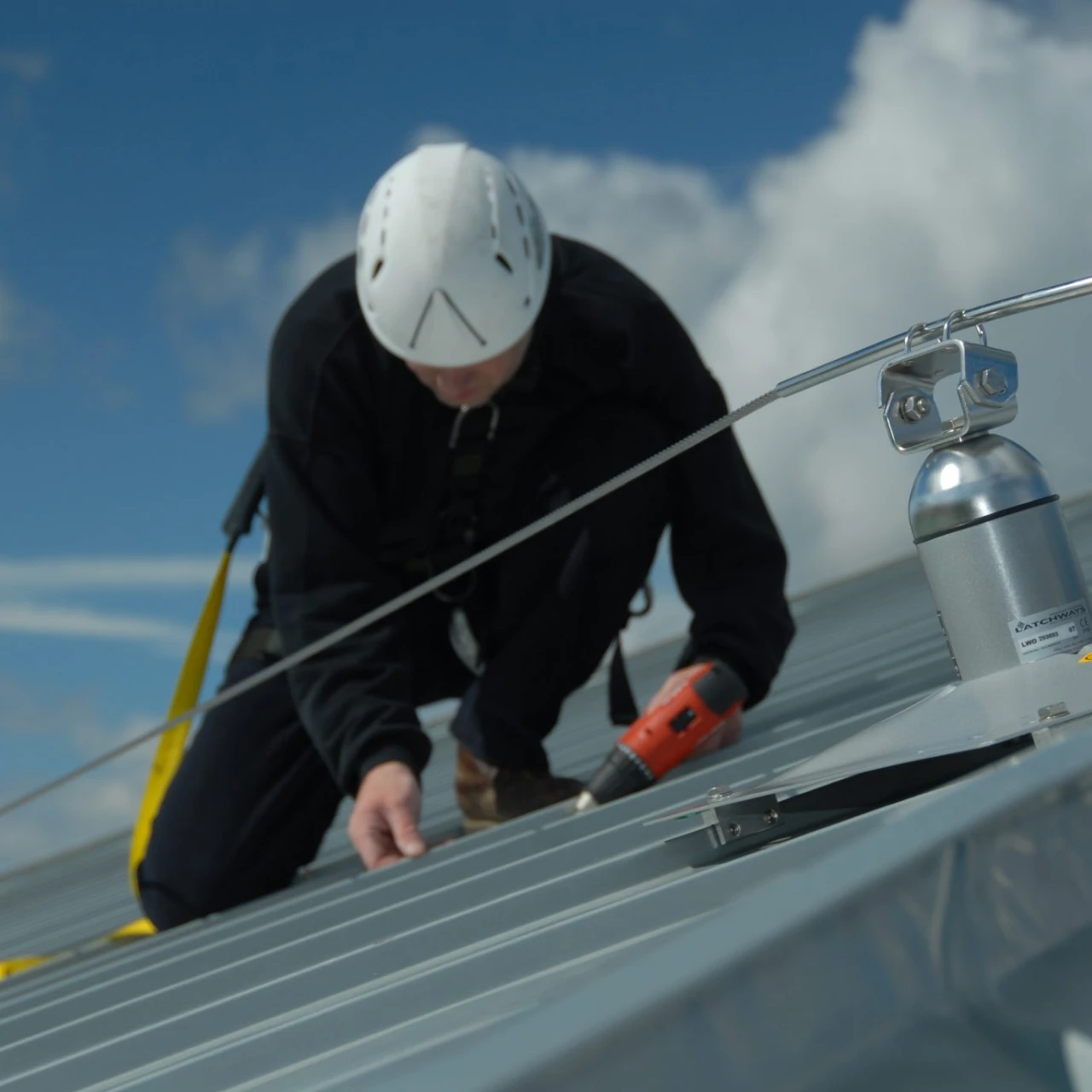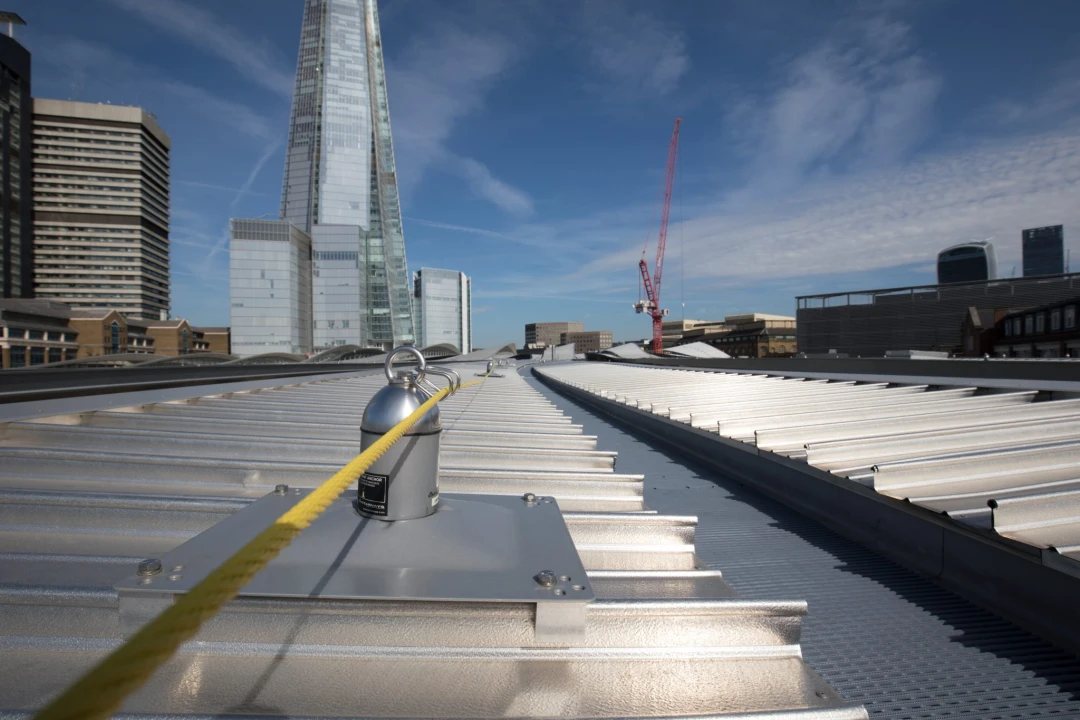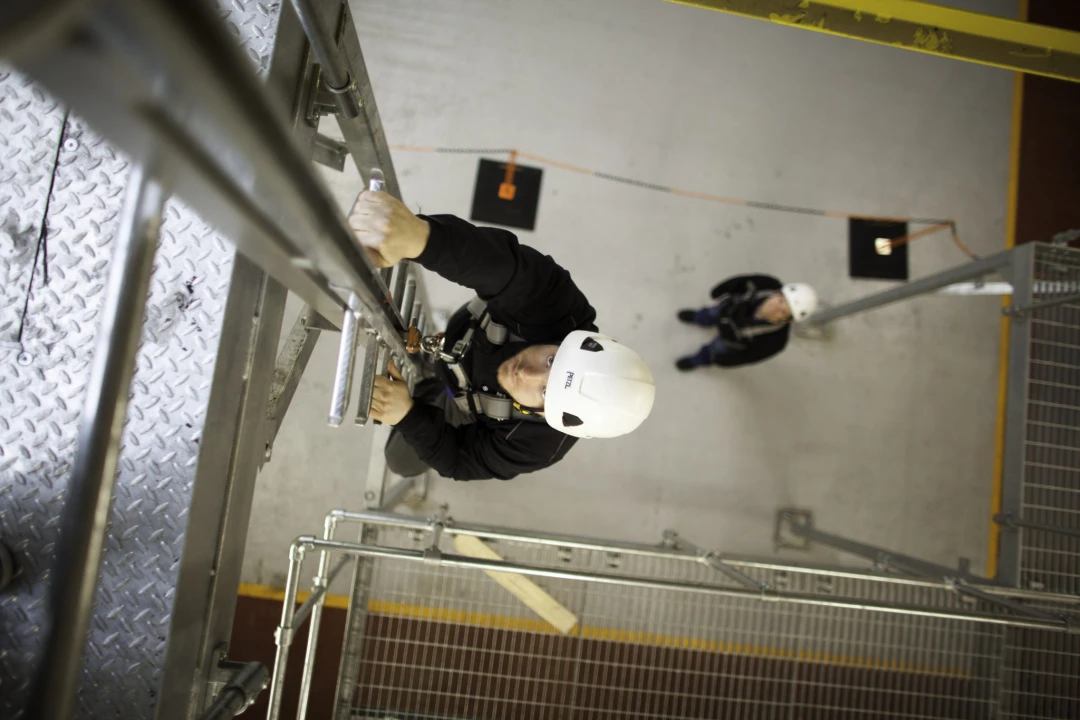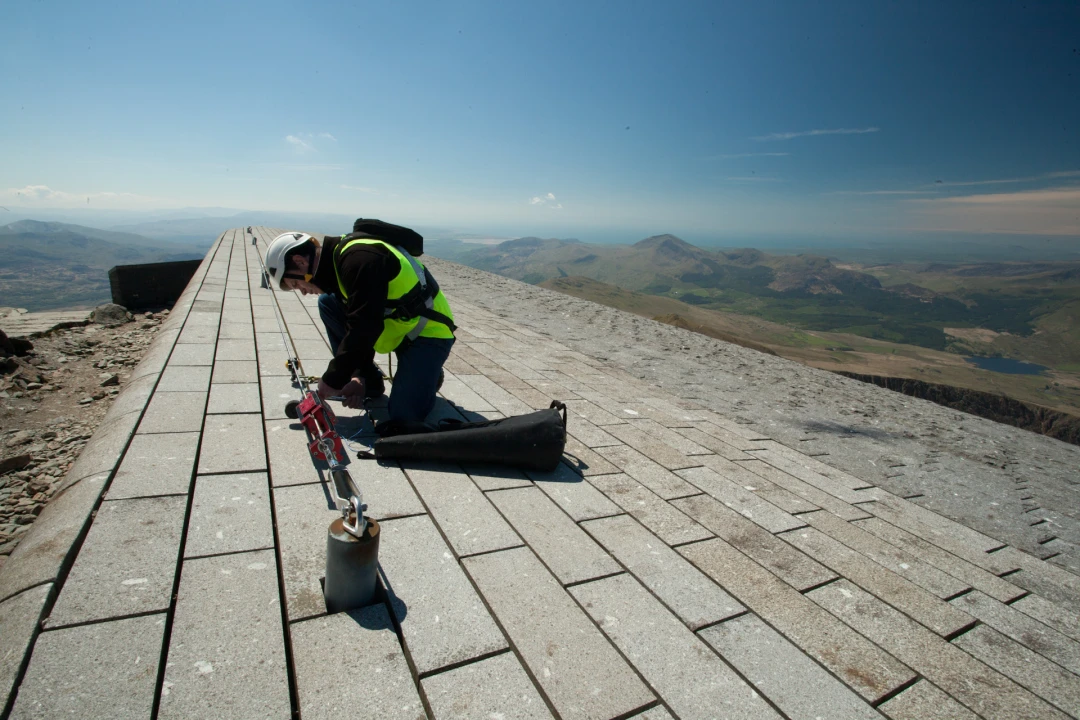
- Knowledge Base
- Tips & Explanations
- 10 essential tips for working safely at heights
10 essential tips for working safely at heights
Working at heights can be a necessary part of many industries, but it's also one of the riskiest activities. Ensuring safety is paramount when working at height, whether you're a construction worker, window cleaner, or solar panel installer.
To minimise risks and keep yourself and your colleagues safe, here are ten essential tips for working at heights:
Conduct a Risk Assessment: Before starting any task, assess the risks involved. Identify potential hazards, such as unstable surfaces, weather conditions, or equipment issues.
Proper Training: Ensure that all workers have received comprehensive training in working at heights, including how to use safety equipment correctly and emergency procedures.
Use Appropriate Safety Equipment: Always wear personal protective equipment (PPE) designed for working at heights, including harnesses, helmets, and non-slip footwear. Inspect your equipment regularly.
Regular Equipment Inspection: Inspect tools, ladders, scaffolding, and other equipment for damage before use. Damaged equipment should be replaced or repaired immediately.
Secure Ladders and Scaffolding: Make sure ladders and scaffolding are stable and correctly positioned. Use stabilizers, outriggers, or other support systems when needed.
Maintain 3-Point Contact: When climbing or descending, always maintain three points of contact (e.g., two feet and one hand) to reduce the risk of falls.
Plan Your Work: Plan your tasks in advance, including your ascent and descent. Avoid rushing and take breaks when needed to prevent fatigue and loss of focus.
Weather Awareness: Stay informed about weather conditions. Strong winds, rain, or snow can significantly impact your safety, so consider postponing work if conditions are hazardous.
Emergency Response Plan: Have an emergency response plan in place and ensure everyone on the team is aware of it. This plan should cover immediate first aid, rescue procedures, and communication protocols.
Regular Safety Meetings: Conduct regular safety meetings to reinforce the importance of working safely at heights. Encourage open discussions about safety concerns and improvements.
By following these ten tips, you can significantly reduce the risks associated with working at heights and create a safer environment for yourself and those around you. Remember, safety should always be a top priority when working in elevated situations.




















